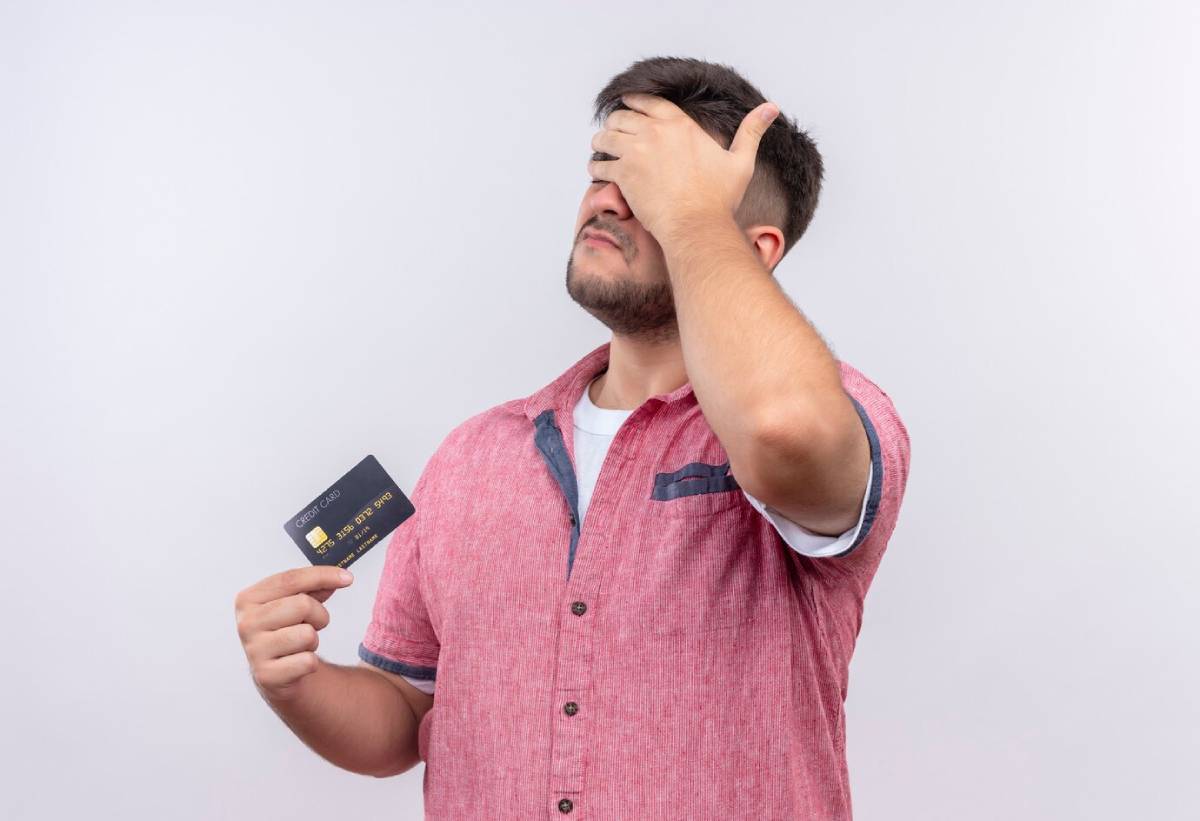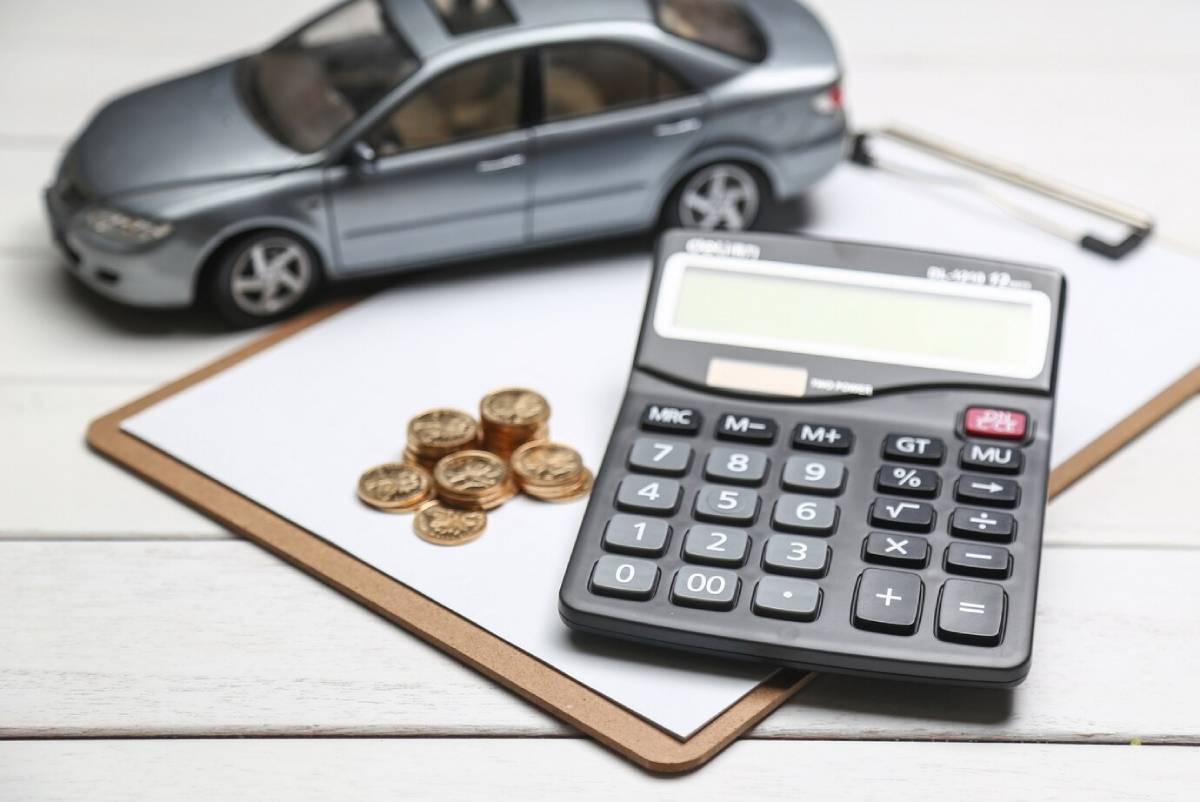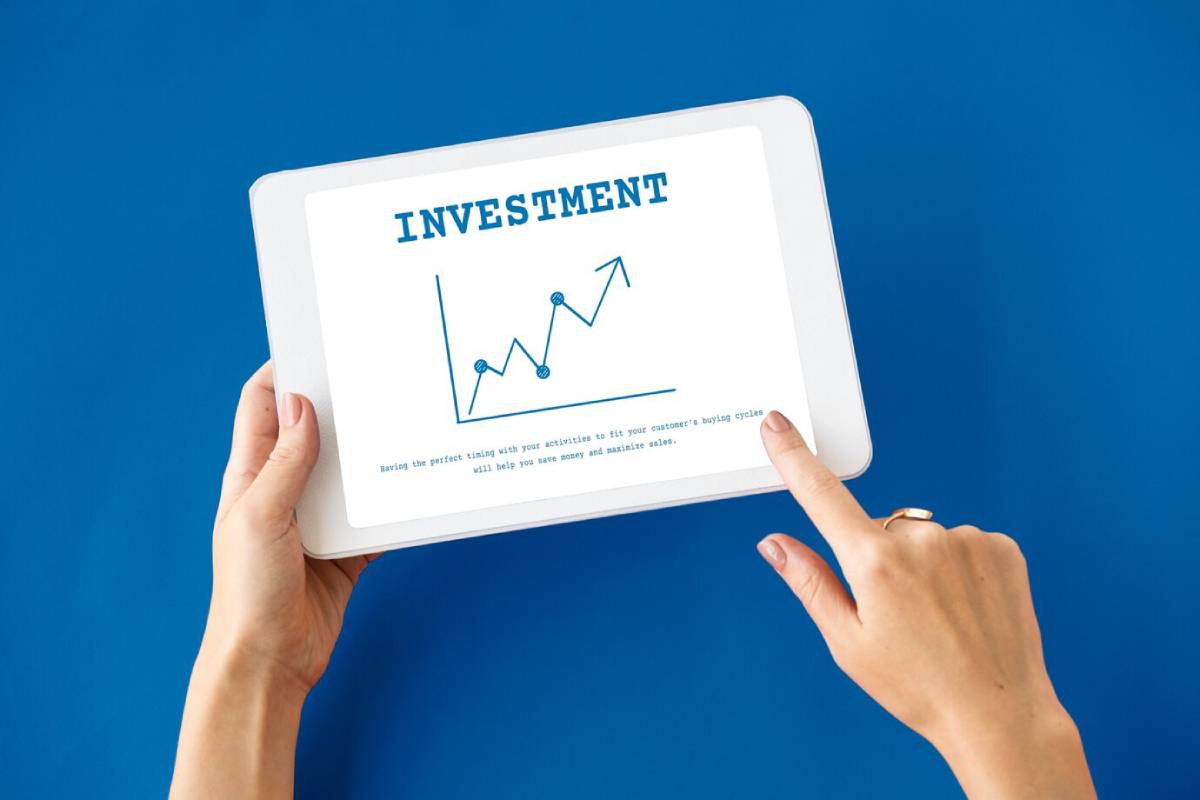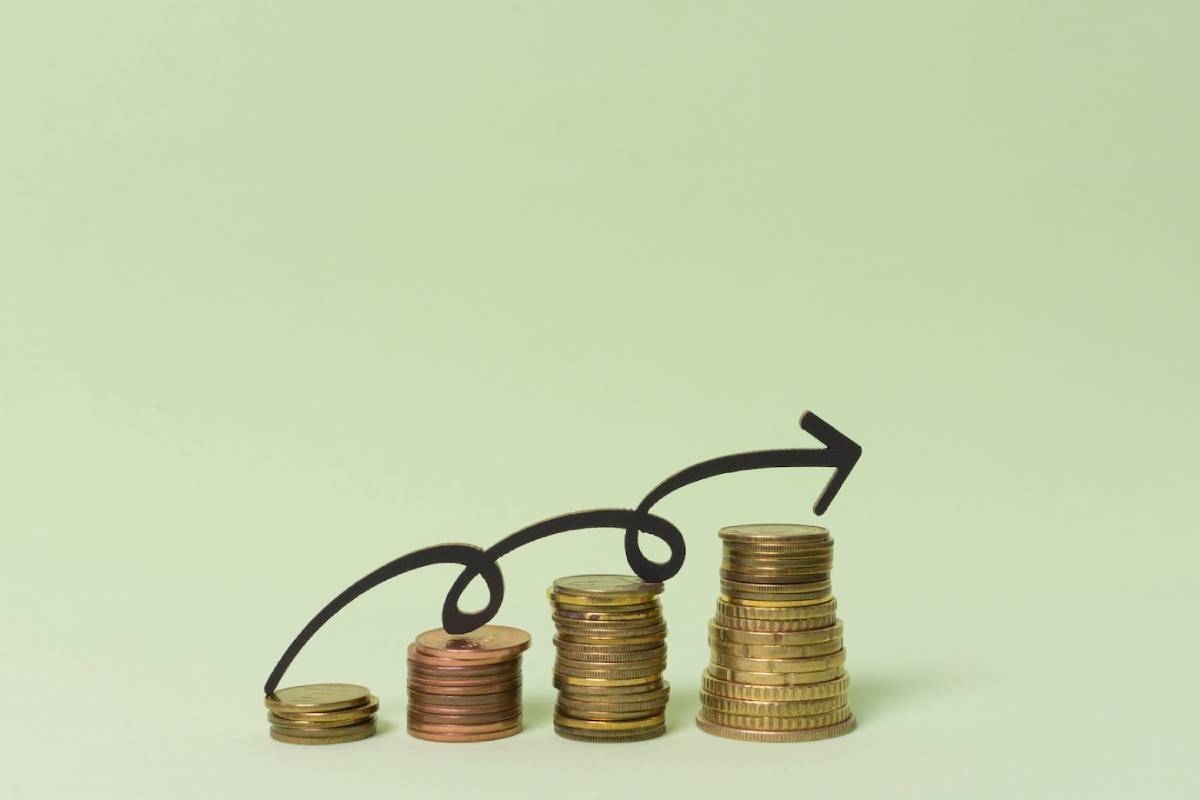
Credit Card Debt: Strategies to Pay It Off
You’ve probably felt it: you look at your credit card statement and see a balance that’s way higher than you imagined. Credit card debt can feel overwhelming. It might build up slowly with small purchases or come from one big, unexpected expense. But here’s the good news — you can take back control with the right plan and mindset.
This guide will show you innovative ways to reduce debt. You’ll find helpful financial planning tips and real examples. With this info, you can become debt-free sooner than you think.
Why Paying Off Credit Card Debt Matters

Ignoring credit card debt costs you more than money. It affects your mental health, your financial goals, and your sense of freedom.
Key Reasons to Prioritise Debt Repayment:
- Avoid high-interest charges that can spiral your debt out of control.
- Improve your credit score by lowering credit utilisation.
- Reduce financial stress and regain emotional peace of mind.
- Free up money for savings, investing, and life goals.
Quick Insight: Credit card interest rates usually stay near 20% APR. Your debt might double every 3 to 4 years if you don’t manage it.
Lesson: Every pound paid off today saves you multiple pounds in future interest.
Step-by-Step: How to Pay Off Credit Card Debt
Step 1: Face the Numbers
It’s tempting to avoid looking at the total, but knowledge is power.
Make a list of:
- Your total balances on each card
- Minimum monthly payments
- Interest rates for each balance
Understanding your full debt picture is the first step towards conquering it.
Step 2: Create a Debt Repayment Plan
There are two proven strategies to tackle debt:
The Snowball Method
- Pay off the smallest debt first. Keep making minimum payments on your other obligations.
- Once a card is cleared, roll that payment onto the next smallest debt.
Best for: Building momentum and seeing quick wins to stay motivated.
The Avalanche Method
- Focus on the highest-interest rate debt first, while making minimum payments on others.
- Save the most money on interest over time.
Best for: Mathematically optimising your savings over the long run.
Step 3: Budget for Extra Payments
Getting aggressive with your repayment plan requires freeing up cash.
Ideas to find extra money:
- Sell unused items online.
- Take freelance gigs, tutoring, or weekend jobs.
- Cut back on subscriptions, eating out, and impulse buys temporarily.
Step 4: Consider a Balance Transfer
Some credit card companies have 0% balance transfer deals. This means you can transfer your debt without interest for a limited time.
Benefits:
- Consolidate multiple debts into one manageable payment.
- Save on interest during the promotional period.
Cautions:
- Look out for balance transfer fees (often 2–5%).
- Ensure you can repay the balance before the 0% rate ends — otherwise, interest will skyrocket.
Tip: Use a balance transfer to gain breathing room, but don’t treat it as an excuse to spend more!
Step 5: Automate Minimum Payments
Missing minimum payments triggers late fees, penalty interest rates, and credit score damage.
Set up automatic payments for the minimum amount. Then, pay extra whenever you can.
Bonus: Most online banking apps let you split your credit card payment. You can choose the minimum, statement balance, or full balance. If you can, aim for the full balance!
Other Smart Debt Reduction Techniques
Negotiate Lower Interest Rates
Many lenders are willing to lower your rate if you:
- Have a good payment history
- Can demonstrate hardship
- Simply ask politely
It never hurts to call — even a 1–2% reduction can save hundreds over time.
Use Windfalls Wisely
Received a bonus, tax refund, or birthday cash gift? Rather than spending it, throw it straight at your highest-interest debt.
Small lump-sum payments can shave months off your repayment timeline.
Prioritise High-Interest Debt First

Pay off your credit card debt first. This is important, even if you have student loans, car loans, or other low-interest debts. It costs you the most.
Paying off double-digit interest debts gives you the best return on your money.
Real-Life Story: Hannah’s Debt-Free Journey
Hannah, 29, is a marketing assistant. She became underemployed and ended up with £4,200 in credit card debt.
Her strategy:
- Choose the snowball method to clear her smallest card balance first.
- Cut non-essentials like multiple streaming subscriptions.
- Took a weekend tutoring gig to earn an extra £150 a month.
The result? She paid off her debt in 18 months and now saves £300+ monthly toward a house deposit.
Hannah’s takeaway:“Small victories kept me motivated. Every time I cleared a card, I felt lighter and freer.”
Common Mistakes to Avoid
- Only making minimum payments: It could take decades to clear the balance.
- Continuing to use credit cards while paying them off: Freeze or hide the cards if needed!
- No emergency fund: New costs can quickly lead you back into debt without savings.
- Ignoring small wins: Celebrate every win, big or small. Every card you clear adds momentum and helps you move forward.
How to Stay Debt-Free Once You’ve Paid It Off
- Build a mini emergency fund (£500–£1,000 minimum).
- Pay your credit card balance in full every month going forward.
- Use credit cards responsibly — treat them like debit cards, not extra income.
- Use budgeting apps like YNAB, Emma, or Mint.
- Review your financial goals regularly. Stay proactive about saving and investing.
Key Mindset Change: Getting out of debt means more than paying it off. It’s about creating good financial habits for the long term.
Frequently Asked Questions About Credit Card Debt
Should I close my credit card once it’s paid off?
Not necessarily. Keeping the account open with a zero balance helps your credit utilisation. This can boost your credit score.
Is debt consolidation a good idea?
It can be — if it lowers your overall interest and you avoid accumulating new debt afterwards.
How much should I pay monthly toward my card?
As much above the minimum as possible. For example, if your minimum is £25, aim for £75–£100 whenever you can.
Conclusion: You Hold the Power
Credit card debt doesn’t have to be a lifelong burden. Use innovative strategies, set clear goals, and take consistent action. This way, you can regain control and work toward the financial freedom you deserve.
Ready to start your journey? Choose a repayment method, either snowball or avalanche. Then, set up a realistic budget. Finally, make your first extra payment today. Progress, not perfection, is the real goal.


